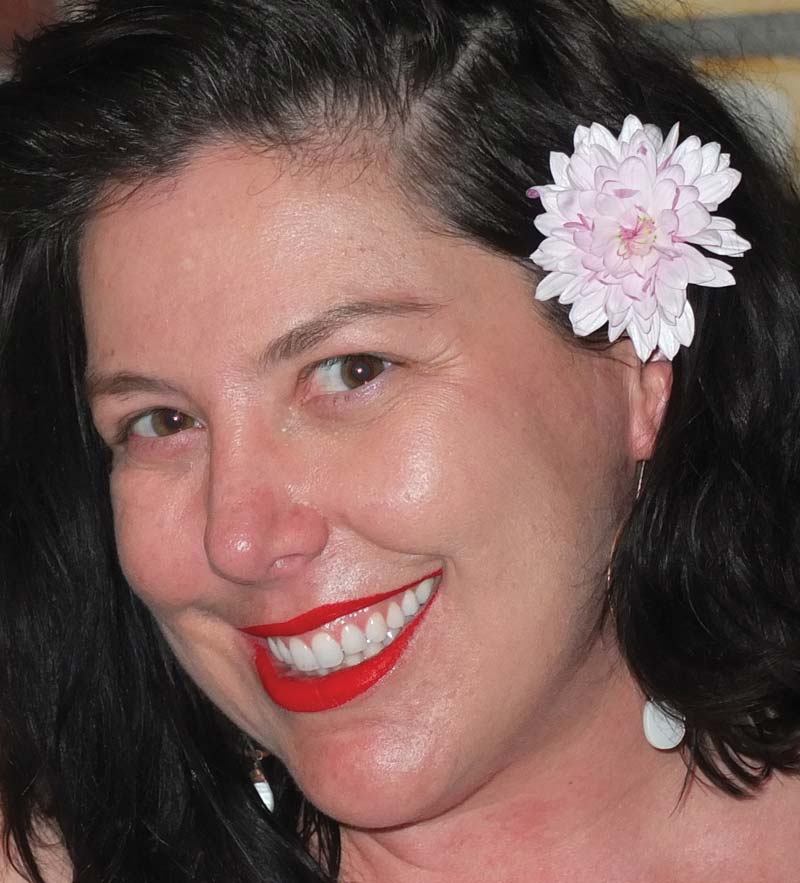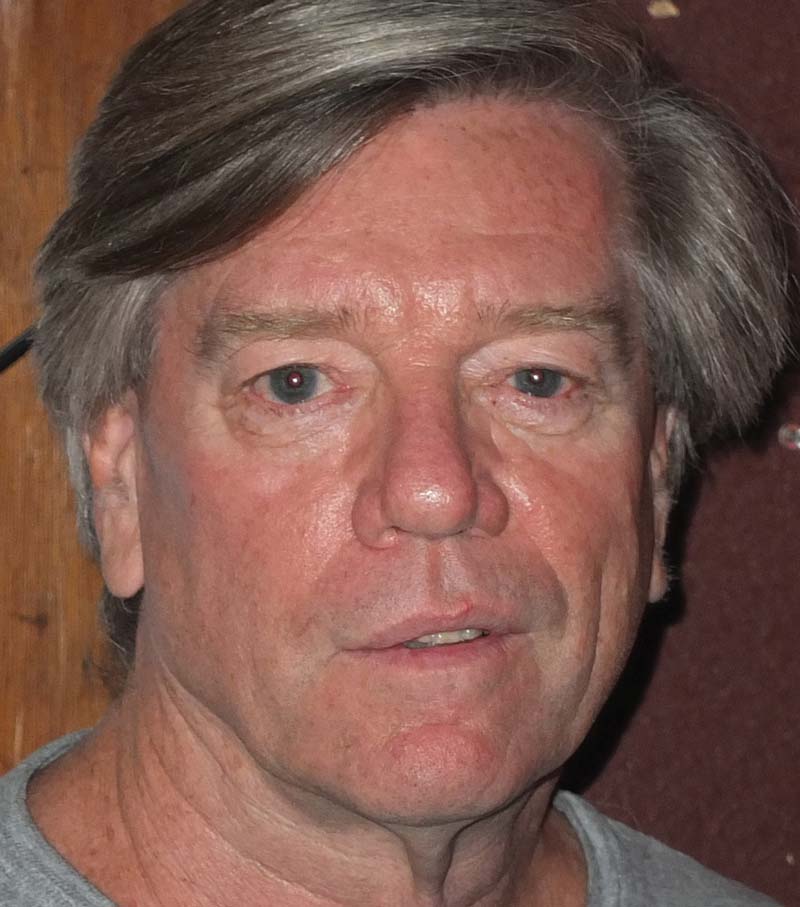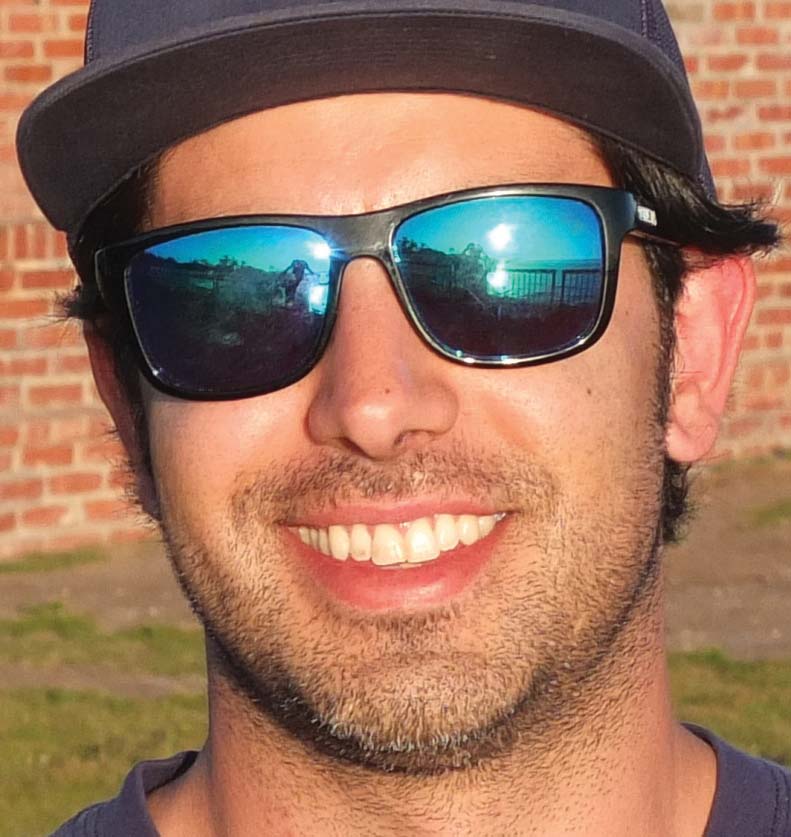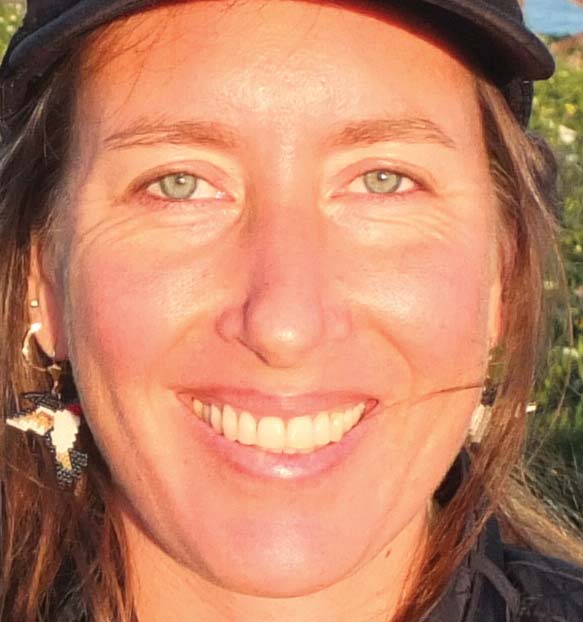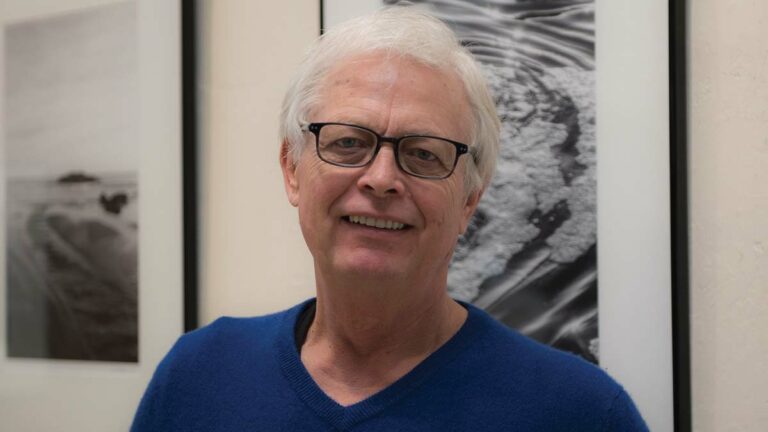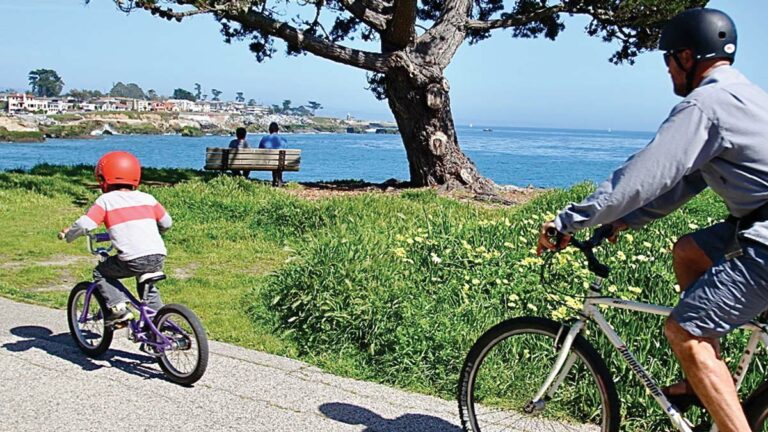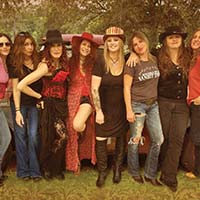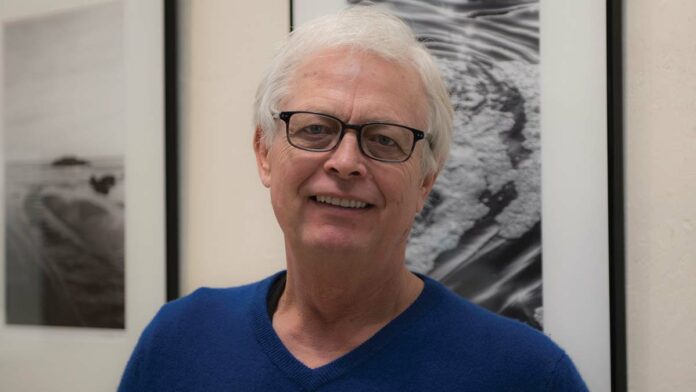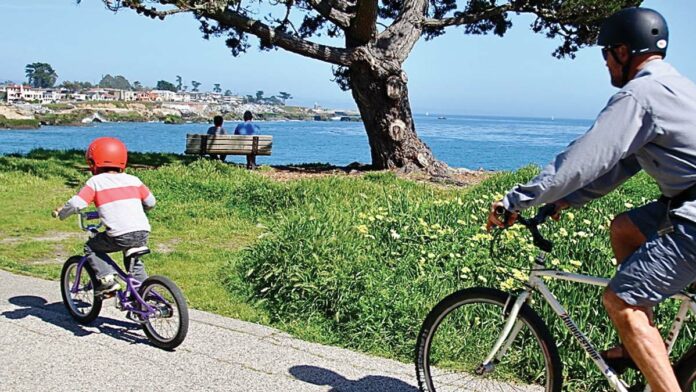Helping someone who’s come back from fighting overseas can be a life-changing experience. In that spirit, for the fifth year in a row, Operation Surf Santa Cruz is bringing wounded vets and active duty servicemembers to Santa Cruz for six days of healing fun in the ocean. Sponsored by the nonprofit Amazing Surf Adventures (ASA), the group’s mission is to help current and past soldiers overcome challenges through surfing and ocean education, and they’ll be in Santa Cruz April 12 through 18.
“We talk to guys who have seen their friends blown up and die in their arms,” says Robert Oliveros with a somber tone, adding that veterans and active duty soldiers “have made huge sacrifices, so it’s just a way of giving back.”
There are many ways of “giving back,” but the one Oliveros has chosen to volunteer for comes with more sun than most, and some awesome waves. And those involved with Operation Surf Santa Cruz say they can see its impact immediately.
“The difference between when they arrive and when they leave is night and day,” says Brent Edwards, who has spent the last year and a half as a board member for ASA, and has participated in Operation Surf since it arrived in Santa Cruz. Edwards served as a Marine for six years himself, even doing one tour of the Middle East during the Gulf War. “They find parts of themselves they didn’t think existed anymore. It’s really amazing,” he says.
Instructors paddle alongside the new surfers—some who have Post-Traumatic Stress Disorder (PTSD) or are missing limbs—helping them to pick up speed on the wave and then steadying them as they stand.
“Operation Surf helped me realize that I was limited in my capabilities,” one injured vet says in a promotional video. “Surfing definitely changed my perception of my injuries. I realized that my injuries aren’t going to hold me down anymore, and I can do just as much as I did before I got hurt.”
Rodney Roller, a professional surfer and amputee, founded the effort in 2010. Van Curaza later took the reigns, launching the program in San Luis Obispo, where he and his wife Amanda currently run a surfing school, and brought it to Santa Cruz in 2011. The idea is to pair each soldier or vet with an individual surfing instructor for a one-to-one experience.
“The crux of the program is really the bond that is created between the participant and the instructor,” Edwards says. “They stick together all week, and many of those bonds last years. We become an extended family for them to rely on.”
To date, the program has helped more than 500 veterans through the calming power of shredding the ocean.
Many of the vets and active-duty members have never surfed prior to the event; some even come from landlocked states and have never even seen the coast. The most inspiring part, Edwards says, is seeing many of the participants hitting the waves with missing limbs from their time in duty. “We always like to say we help out people with physical wounds and unseen wounds,” says Edwards.
This year, 18 new participants will arrive in San Jose, where they will be taken to Santa Cruz in a motorcade, escorted by a fanfare of police, firemen and civilians. Participants spend the first day taking in their surroundings, meeting volunteers, bonding with one another and learning about ocean safety.
The opening ceremony takes place at the Santa Cruz Wharf entrance at 9 a.m. on April 13 with a full military color guard and a few speeches from the organizers. After that, the vets and soldiers surf for the next five days, spending a few days at Cowell Beach and then moving to Capitola over the weekend. Each night, the surfers are taken out to dinner where they can talk about the day’s events and relax with each other and their instructors.
Organizers spend almost the entire year planning for this event, enlisting over 50 volunteers to help with water safety, surfing instructions and gathering help in the local community. Places like the Richard Schmidt Surf School, the Crow’s Nest, the Dream Inn and even CrossFit all have a hand in helping Operation Surf Santa Cruz run as smoothly as possible.
“In one event, we can have almost 400 volunteer positions,” says Amanda Curaza of Operation Surf. “So it takes a huge amount of effort and hours to make it happen.”
The general public is also welcome to show their support by participating in the opening ceremony and cheering on the surfers.
“We live in such a beautiful place, with the resources needed to surf, that it’s almost our responsibility to give back,” Oliveros says. “Plus it’s just a really fun event.”
Operation Surf has been such a success that ASA recently began a chapter in Cocoa Beach, Florida. This year, they were invited by British organization Help For Heroes to start the event in the United Kingdom in September.
“We’re really excited,” says Curaza. “Van has figured out what works well—and why—so we hope to repeat it, continue it, and keep it growing.”
Operation Surf Santa Cruz continues to need volunteers throughout the week and to prepare for its 2017 event. Visit facebook.com/operationsurf for more information.




